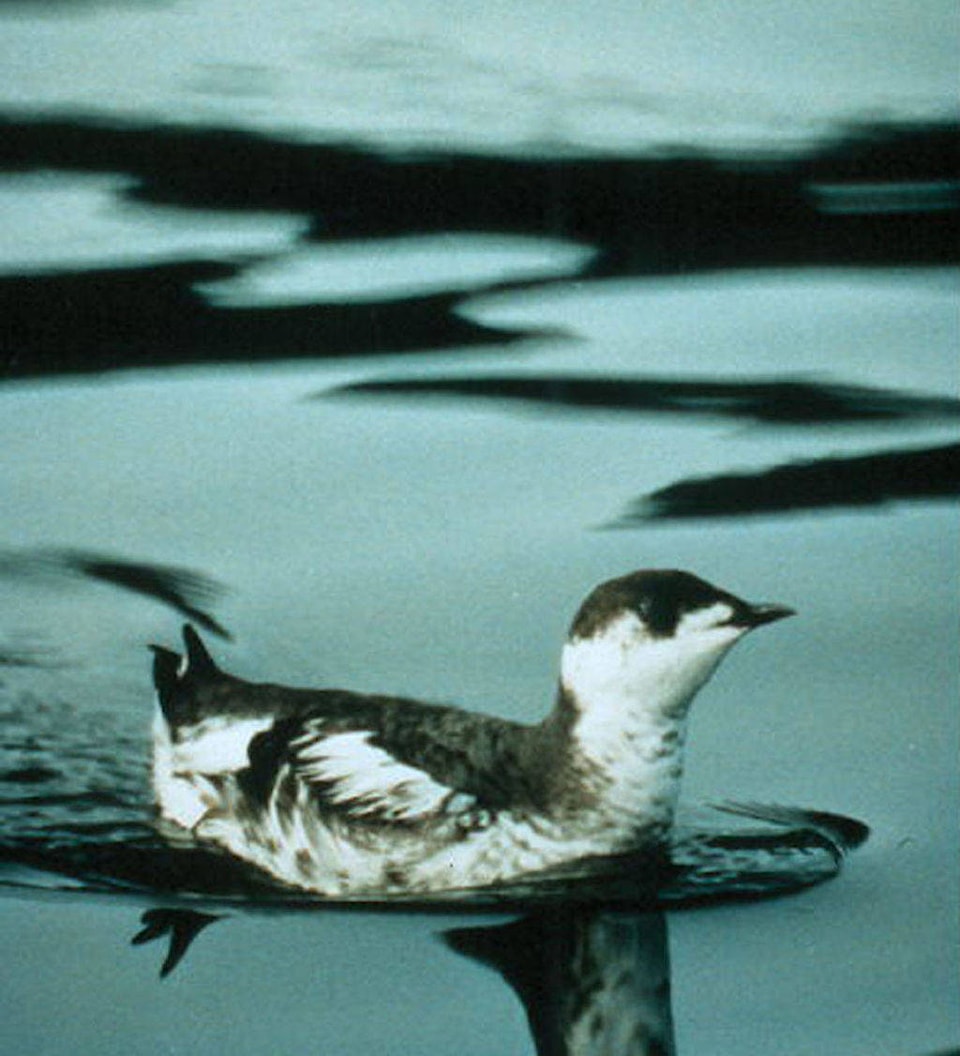The woods are quiet. The vibrant song that woke us in the morning and sent us to sleep at night has eased.
Nestlings have become fledglings and are now juveniles that fly and feed in family groups through the trees. It seemed a good year for the forest birds nearby as young wrens, sparrows, thrushes, robins, chickadees, kinglets, flycatchers, warblers and woodpeckers all vied for a place at the water pond when the rain stopped.
A raven now calls, it’s waiting for the cherries to ripen so it can take every one, they assume that we grow the cherries for them. We allow them that, there’s never enough fruit to harvest anyway, so they might as well enjoy the treat. The young robins have also stripped the local huckleberry bushes, things were looking really good there for a while as we waited for them to ripen for a fresh huckleberry pie (only the best) but the robins were having none of it. The berries are their hereditary right, they eat them, pass the seeds and propagate the plant. It’s all very symbiotic; part of the sharing culture, or as biologists say, biodiversity.
READ MORE: COLUMN: The removal of the Pigeon Guillemot ‘colony’
So the song is stilled but the world moves on.
Hundreds of swallows swept over Delkatla this week. They flew in clouds over the long grass as they circled, dipped, landed for a moment then flew up again. The wind moved the long grass like so much green water, wave on wave, the disturbed insects were thrown up into the flowing air. One swallow swept so close that I heard the snap of its wings as it turned, so light and nimble and aerial. I met a group of young people at recent meetings who, in the far north, help other youngsters avoid the despair and loneliness that can lead to addiction. Their words were clear; look to nature. Wander in it, canoe through the northern rivers, stroll the beaches, feel the life force of the world. It is all ours to soak up and enjoy.
Weather changes demonstrate how important it is to do long-term bird studies at sea.
On the ferry this week, on the way to Prince Rupert, the middle of Hecate Strait was quiet and, apart from the more than 600 Pigeon Guillemots in Skidegate Inlet, there didn’t seem to be a bird in the place. One would have thought that the place was a waste of time for bird observation.
Two days later it was a different story.
The wind was blowing 30 knots, there was a bit of a sea running and the birds were having a heyday. Shearwaters, murres, auklets, gulls, a few Fork-tailed Storm Petrels, one Flesh-footed Shearwater, larger and heavier than the thousands of Sooty Shearwaters that sailed by. There was even a small flock of Marbled Murrelets, those mystery seabirds that nest in old-growth forests and whose nest sites are still as elusive as they were 40 years ago.
It takes a lifetime to learn what’s out there, and we’re still only scratching the surface.
READ MORE: On The Wing: Mysteries on land and sadness on the ocean
Haida Gwaii Observer
Newsroom
Send email
Like the Haida Gwaii Observer on Facebook
Follow us on Twitter
